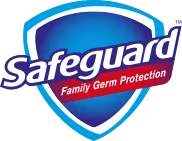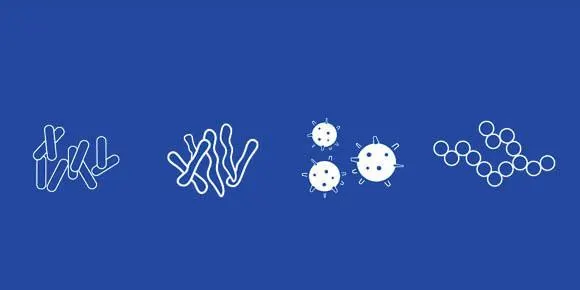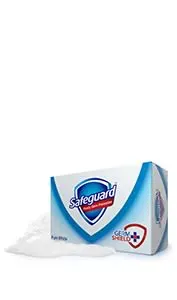- Home/
- Health Education/
- Germ & Infectious Disease/
How to Identify and Help Prevent Ebola
How to Identify and Help Prevent Ebola
SHARE
What Is Ebola?
While it is relatively rare, the Ebola virus is a severe illness when it occurs. For an estimated 50 percent of people who contract Ebola, the disease is fatal. In some outbreaks, fatality rates have varied from 25 percent to 90 percent. The first Ebola outbreaks occurred in 1976 in remote villages in Central Africa, near tropical rainforests and the Ebola River, from which it got its name. In the Central African outbreaks, the illness was confined to rural areas, but in West Africa, it also involved major urban areas. Ebola virus symptoms include fever, severe headache, muscle pain, weakness, diarrhea, vomiting, abdominal pain, and severe bruising or bleeding.
What Causes Ebola?
The Ebola virus has been found in African monkeys, chimps, and other primates. A milder strain of Ebola has been discovered in monkeys and pigs in the Philippines. The virus is transmitted originally to people from wild animals. The Ebola virus spreads between people through physical contact with blood, secretions, organs or other bodily fluids of infected people, or with surfaces and materials (such as bedding or clothing) which have been contaminated with these fluids. There is no evidence that Ebola virus can be spread through insect bites, nor is it airborne.
How Can Safeguard Help Prevent Ebola?
Because Ebola is a virus, frequent hand washing can be an important part of keeping your family safe. While no soap can protect against the viral germs that cause Ebola, Safeguard with GermShield+ keeps three of four germ types away for up to 12 hours after hand washing, which is better protection than any other antibacterial soap.




